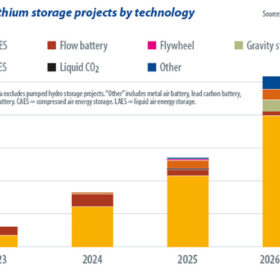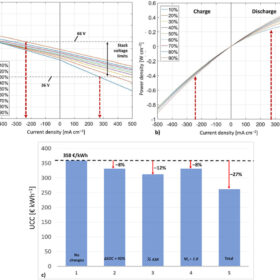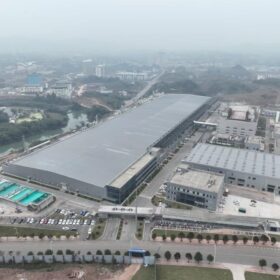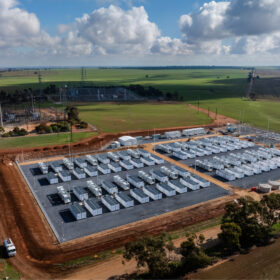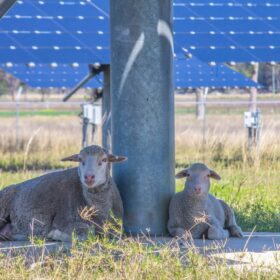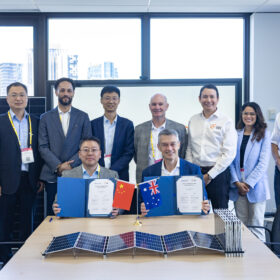Weekend read: Can anything topple lithium-ion?
The need for long-duration energy storage in a net-zero world is undeniable but with conventional battery prices tumbling, can anything dislodge the mainstream grip of lithium ion? S&P Global’s Susan Taylor provides an update on non-lithium storage technologies.
JinkoSolar claims top spot in 2023 PV module shipment rankings
Chinese manufacturer JinkoSolar says its solar module shipments reached 78.5 GW in 2023. This year, it says it hopes to sell up to 110 GW of panels.
Weekend read: Tesla’s new power play
The first installations featuring the Tesla Powerwall 3 are currently being completed in the United States, with the company promoting a fully integrated solar-plus-storage and electric vehicle (EV) residential system, with big backup power capacity. While the first Powerwall created a new market segment, the latest iteration enters a marketplace in oversupply.
IRENA says world needs 1.1 TW of renewables per year
The International Renewable Energy Agency (IRENA) released a new report on the sidelines of the Berlin Energy Transition Dialogue this week describing the actions needed so the world complies with targets set at the recent COP28 conference in the United Arab Emirates. IRENA President Francesco La Camera says renewables are the only energy sources with the speed and scale to achieve the ambitious targets set in Dubai.
Evaluating profitability of vanadium flow batteries
Researchers in Italy have estimated the profitability of future vanadium redox flow batteries based on real device and market parameters and found that market evolutions are heading to much more competitive systems, with capital costs down to $430/kWh at a storage duration of 10 hours.
Survey finds after-sale support key to boosting off-grid solar
A new survey from US-based impact measurement company 60 Decibels shows off-grid energy customers are currently facing a series of challenges such as product affordability, gender inequality, customer support, further investment in minigrids, and over-indebtedness. The report, however, reveals that most users say the quality of their lives “very much improved” thanks to off-grid PV.
CSIRO achieves record efficiency for roll-to-roll perovskite photovoltaic cells
The new efficiency record for fully roll-to-roll printed perovskite solar cells set by an international team of scientists from Australia’s national science agency, CSIRO unlocks new manufacturing potential. These lightweight and flexible solar cells manufactured on very long, continuous rolls of plastic can dramatically increase the rate of production and scope for deployment.
New tool to calculate efficient earthworks for ground-mounted PV
A unit of French construction group Vinci has developed a new tool to ensure efficient earthworks for ground-mounted PV systems, with a focus on optimization parameters, design restrictions, allowable slopes for mounting structures, and terrain adaptation.
Weekend read: Thin prospects
The production of PV ingots and wafers remains the most highly concentrated of all the production stages in the silicon solar supply chain. Yet efforts to re-establish production in Europe and the United States are not for the faint-hearted.
Sunova announces 9 GW cell factory in China
Sunova Solar’s new cell manufacturing facility produces 182 mm, 199 mm and 210 mm TOPCon cells. At full capacity, the facility is expected to produce approximately 36,000 high-efficiency modules per day.
